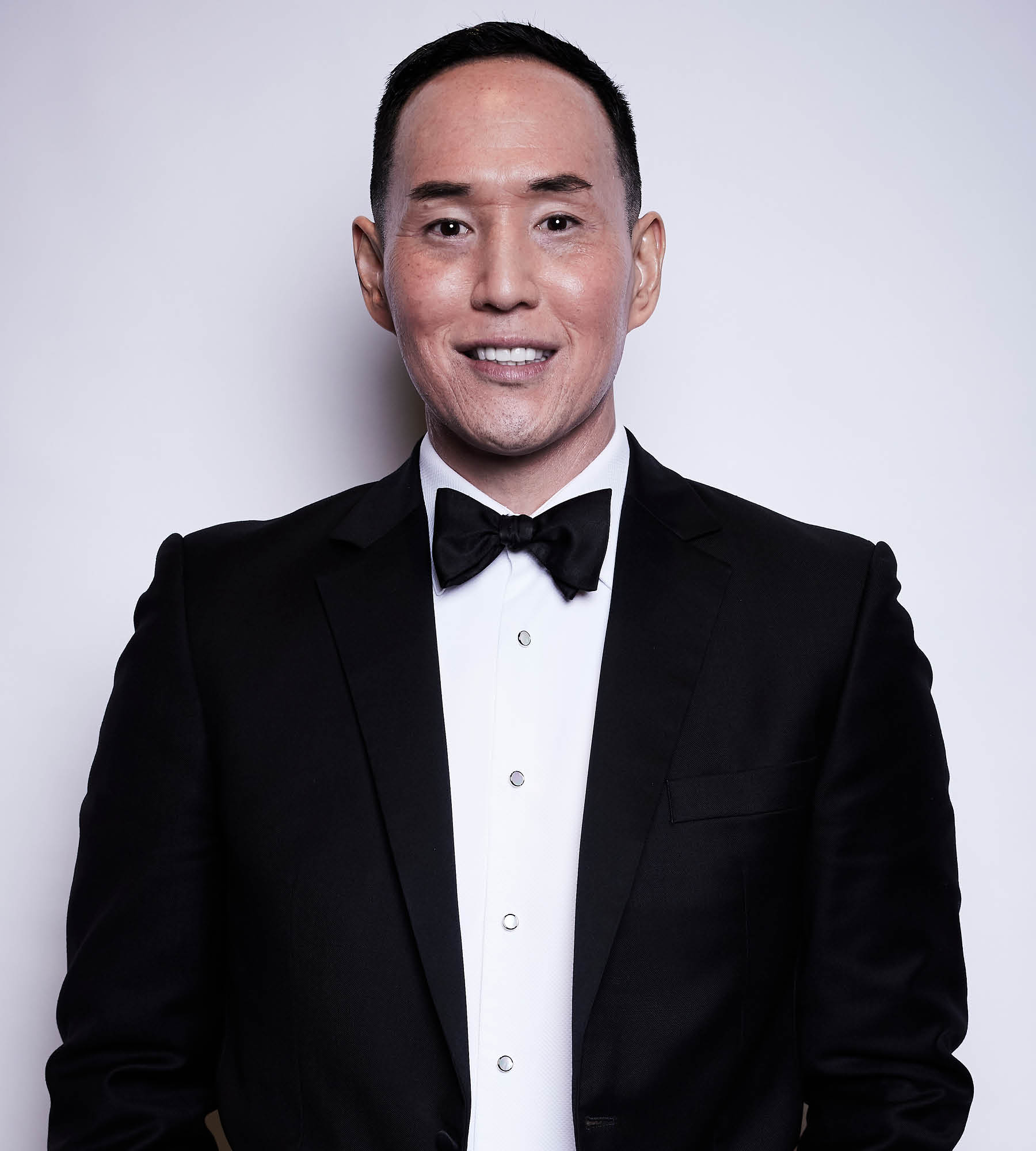Language
You can read the magazine in one of the following languages
Lance Kawaguchi came to the cause of fighting cancer when the disease suddenly struck his family in 2016. He remembers the shock of receiving a tearful call from his father – a person never prone to showing strong emotions – relaying some terrible news: his beloved mother, Katherine, had been diagnosed with Stage 4 pancreatic cancer. An incurable form of cancer, it left her with mere months to live.
“I was just floored at that point,” Kawaguchi recalls in an interview with The CEO Magazine. “She and I were best friends and to see the person who raised you for 42 years and the strongest person I’ve ever seen be so vulnerable… She was jaundiced, she was swollen, she was really just pushing through.”
Kawaguchi, then a banker enjoying professional and personal success in London, immediately traveled back to Hawaii, where he grew up and his family still resided. He returned multiple times over the coming months.
“I was fortunate enough because I was with her the last week, every minute, the last day, and also, the last minute,” he remembers.
On the final evening of his mother’s life, as they enjoyed a warm Hawaii sunset, she grabbed his hand and reminisced about their favorite movie from his childhood: E.T. the Extra-Terrestrial.
“I’ll always be here in your heart,” she told him.
“And she touched me on the chest,” Kawaguchi recalls.
Then she touched his face and asked him to keep three promises. The first promise was to look after his father. The second promise was a gentle admonishment to find a better work-life balance “so you can spend time with your wife and your kids”. Kawaguchi readily agreed to keep those promises.
The third promise temporarily shocked him – who initially thought his mother’s medicines were talking – as she candidly told her son, “I love you with all my heart, but you’re sometimes an asshole.”
“I said, ‘What did you say?!’ She’s like, ‘You’re very successful in finance and business, but I’d like you to carve out five years of your career, some time, you decide, and I want you to give back to social impact.’”
Katherine died the next day, five months after being diagnosed.
Kawaguchi started soul-searching after his mother’s death. She had set a striking example in her own life as a teacher for more than 40 years – the legacy of which shone through at her funeral as more than 1,000 mourners attended a memorial of her life at which only 75 friends and family were expected.
“When people walked up,” Kawaguchi remembers, “I didn’t even know any of these people who said, ‘Your mom stayed after school with me, because English wasn’t our first language. She helped us out. When we couldn’t afford lunch, she brought lunch for us. She cooked for us.’”
“So, her impact wasn’t just doing her job, it was kind of magnified (through) multiple, multiple generations. From that point, I said, ‘OK, so I’m going to focus on something that has to do with children.’”
Kawaguchi did his due diligence on what kind of work he would focus on. He volunteered with not-for-profits and learned as much as possible about the biotechnology sector.
He continued working in finance between 2016–20, until he had an epiphany about maximizing his social impact: he needed to dedicate himself full-time to not-for-profit work.
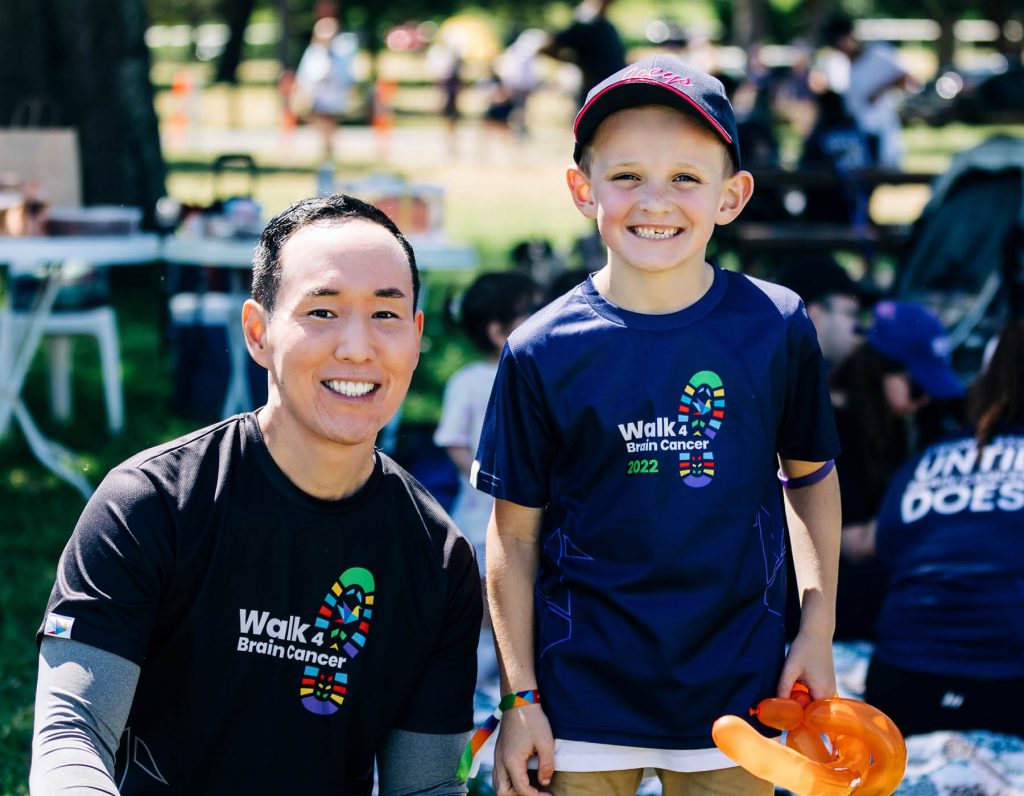
“Instead of just being a financier and a banker doing good sometimes, maybe once every month, what if I actually just did good all the time, because I’d probably have a bigger impact,” he recalls thinking.
“The two things that I always noticed was, no matter where I lived, everybody hates cancer. And then, everybody loves their kids. Once you become a parent, you’re so protective of your kids.”
Kawaguchi decided to join the Cure Brain Cancer Foundation in late 2020, starting as CEO in January 2021. It fit his criteria for making an impact: brain cancer is the most common form of children’s cancer in Australia – with a cruelly low recovery rate of just 22 percent.
No CEO had lasted longer than six months in the position until Kawaguchi’s arrival. Colleagues told Kawaguchi, “If you can turn that around … you’d be a hero.” But he relished the prospect. “I’m like, cool. I’m going to do that,” he says of this train of thought. “That’s why I signed up.”
Kawaguchi’s promise to his mother has seen him become a tireless advocate for more robust research in Australia, better patient care and increased awareness for an especially cruel and hard-to-treat form of the disease – which is also the top cause of children’s deaths in Australia.
When he assumed the leadership of the charity, it had gained a recent reputation for poor governance, alienating stakeholders and producing lackluster results. Kawaguchi immediately reoriented the organization toward its main mission – curing brain cancer – even if it meant ruffling feathers. He also showed an often-unwelcome candor with others in the staid world of not-for-profit governance.
Though hailing from the world of finance rather than research or medicine, Kawaguchi has proved to be the right person for the position. His efforts have not gone unnoticed. The CEO Magazine named Kawaguchi the winner in the category of Not-For-Profit Executive of the Year in its 2022 Executive of the Year Awards.

“What COVID-19 has shown me and many people is that if you have enough funding and if you have enough global focus, you can actually cure anything.”
He was also recognized as CEO of the Year 2022 in the Third Sector Awards. In his acceptance speech, Kawaguchi encouraged his former peers in finance, along with other professionals, to follow his example and take time from their careers to contribute toward the betterment of society through work in the not-for-profit sector.
“If I can prove that in one year, I can make some impact in not-for-profit, I want to offer a challenge to other people in banking and corporates to take a year off your life and do something for social impact,” Kawaguchi said at the awards ceremony. “As difficult as it is, it is also the most rewarding act to be able to look back on your life and see the impact you made.”
Kawaguchi admits entering the world of not-for-profits on a full-time basis was a rough adjustment – especially on the management side. He expressed surprise at some of the practices such as organizations sharing little with each other and often failing to collaborate.
He also found that boards get bogged down routinely on trivial matters and sometimes include individuals worried more about burnishing their credentials and resumes than their organization’s core mission. The core mission itself often seemed secondary – unthinkable for Lance with an issue so urgent such as children’s brain cancer.
He recalls an especially rude early introduction to not-for-profit governance.
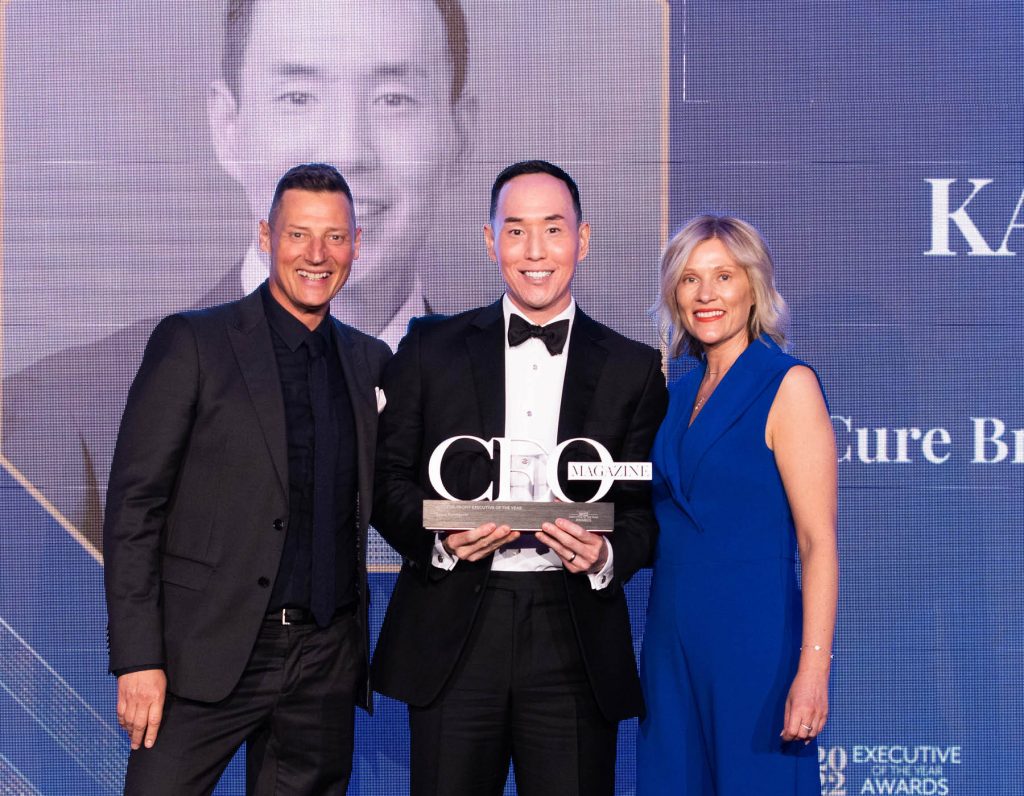
“I went to Canberra for this cancer thing. My only question to them was why are we keeping on talking about things, who’s writing it down? Who’s going to hold us accountable? Why are you talking about these big pockets of money, but I can’t reconcile where that money’s gone?” he says.
“I told this very high-up person: ‘I may not know medicine, but I know numbers better than you, sir. I can tell you the number you put up there doesn’t reconcile to any of your financials.’”
Organizational morale sagged with the revolving management. Many people quit prior to Kawaguchi’s arrival – including the scientific advisory board. But he set out to win them back.
“Everyone who left, I wanted to win them back because if they have enough passion to be outspoken, that they don’t like us, that means that they actually care,” he says. “I spent the first three-to-six months just hitting the road. Sitting in front of people, having them yell at me for things that I had nothing to do with.”
Kawaguchi also cut staff, explaining, “I find not-for-profits are quite bureaucratic. Our expense base went down significantly, our revenues went up. My KPIs are not so much about how much money we raise, or how much money we spend: it’s the impact that it makes.”
His approach is paying off as funds are flowing to research and stakeholders. His tireless advocacy is also raising awareness and improving patient care.
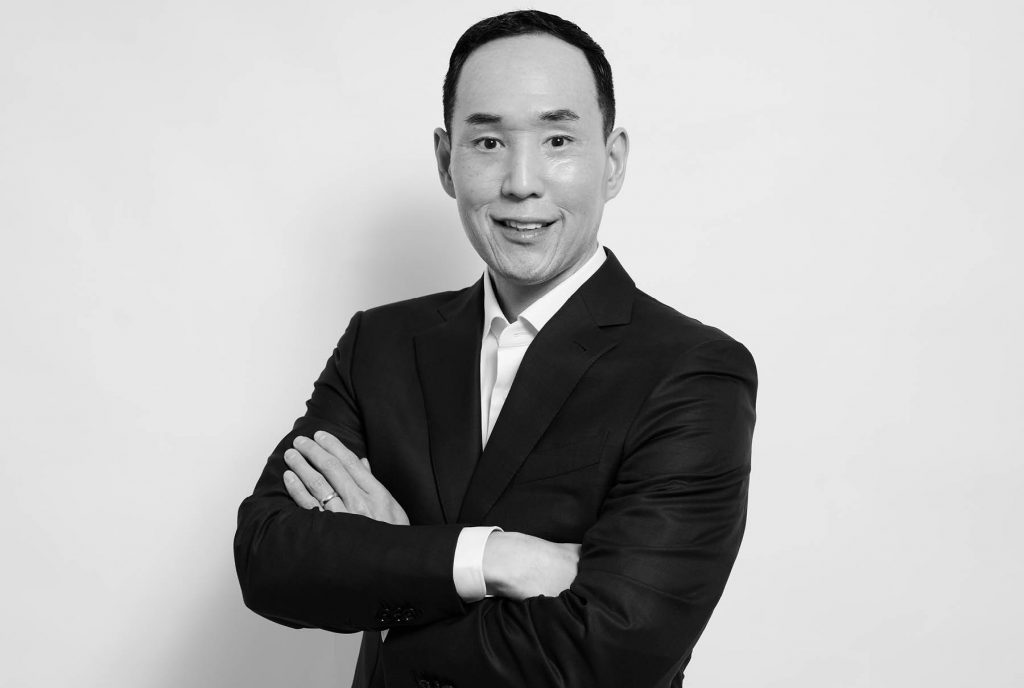
“My KPIs are not so much about how much money we raise, or how much money we spend: it’s the impact that it makes.”
“We’ve committed A$11 million [US$7 million] in the past eight months, which is more than what we’ve done in the past eight years,” Kawaguchi reveals.
Cure Brain Cancer Foundation has also funded the National Advocacy Service (NAS) and Peace of Mind Foundation to put in place three full-time employees and a contractor to help patients with brain cancer and their families “unlock over $10 million of benefits” from government programs. This means that families can focus on spending time with their loved ones rather than pleading with bureaucrats.
Kawaguchi also prioritized getting GBM AGILE up and running in Australia – something previously promised, but not delivered. GBM is short for glioblastoma, the most common and deadly brain cancer in adults. It kills 95 percent of patients within the first five years, with most sadly dying only 15 months after diagnosis. GBM AGILE is a new kind of randomized clinical trial, made possible through an international collaboration of medical researchers, oncologists, statisticians and other industry and government stakeholders.
The goal is to dramatically improve outcomes for patients, and provide access to innovative treatments that Australians would be able to access onshore, according to Kawaguchi.

“Once you lose hope, you don’t really have anything.”
The importance of accessing GBM AGILE cannot be overstated. Kawaguchi consulted widely with stakeholders upon becoming CEO of Cure Brain Cancer Foundation. People repeatedly emphasized the importance of accessing GBM AGILE – while expressing bitterness at repeatedly broken promises throughout the 2010s to bring it to Australia.
It took 56 meetings with GBM AGILE in the United States, but an agreement was finally reached in September 2021 for it to be brought to Australia for US$7.7 million, with the Australian government agreeing to funding the program. Kawaguchi subsequently announced that he would fund it for US$5 million.
“A A$4 million [US$2.5 million] reduction of cost for the same thing,” he adds. “I’ll bring it quicker, and I’m going to privately fund it.”
Another priority has been research. Kawaguchi expresses some exasperation at the difficulties faced by researchers in Australia – many of whom abandon the field due to financial considerations. He introduced early career fellowships, which included three-year grants – triple the typical grants, which allows fellows to solely focus on their research.
“Only 3.5 percent of researchers actually stay after the mid-career … because they have families, they can’t just eat ramen noodles forever, and they actually need to be able to take care of themselves,” he explains. “But they’re the stars that I want to keep … I want to try to figure out how can we keep the best minds in research because if they leave research, guess what, we’re in trouble.”
Kawaguchi has ambitions for supporting Australian biotech startups. In 2022, the Foundation invested US$1.2 million in a clinical accelerator to support biotechnology companies and researchers in bringing clinical findings to patients.
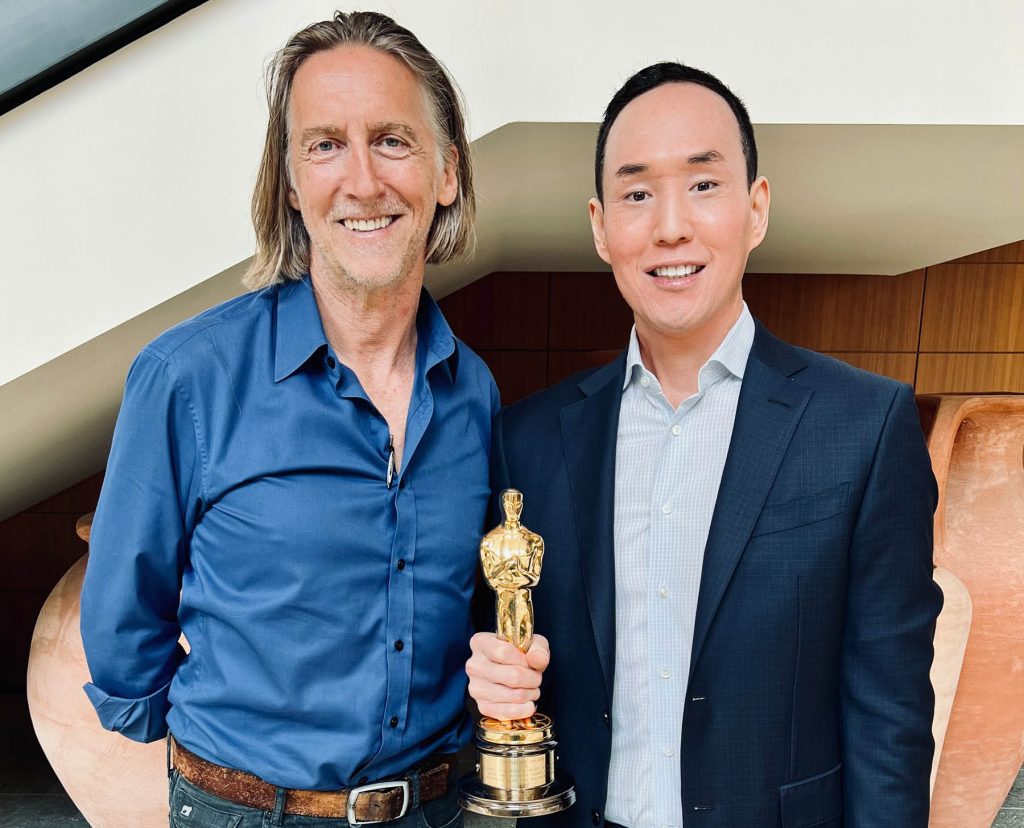
Despite the successes, it’s an industry he’s found fraught with frustrations. He cites the example of Australians discovering a treatment for Diffuse Intrinsic Pontine Glioma (DIPG), a type of brain tumor, which is 100 percent fatal in children.
“But it’s not even accessible in Australia because it got sent to the United States,” Kawaguchi says.
“There’s a very strong Australian biotech [scene] with Australian researchers, but there is no early-stage funding. So, they either have to go directly to IPO, or they have to go with one or two venture capital funds that are going to take 30–40 percent of their equity, which is not good for them,” he explains.
“I want to actually bridge that gap, so we can keep more Australian researchers and Australian companies here in Australia and, definitely, get access to Australian treatments, because it makes absolutely no sense that children are dying in Australia, but treatments that were created in Australia are being shipped to the United States.”
Some in the venture capital sector have told Kawaguchi that biotech is just another asset class. He rejects those assertions, arguing environmental, social and governance (ESG) principles – which have taken hold in the corporate world with companies looking at more than the bottom line – should be embraced by investors too.
“An ESG rating asks: What are they doing for the environment, for society? Why can’t we use that same model to look at venture capital?” Kawaguchi asks. “It cannot just be about numbers. It has to be about the impact on the people.”
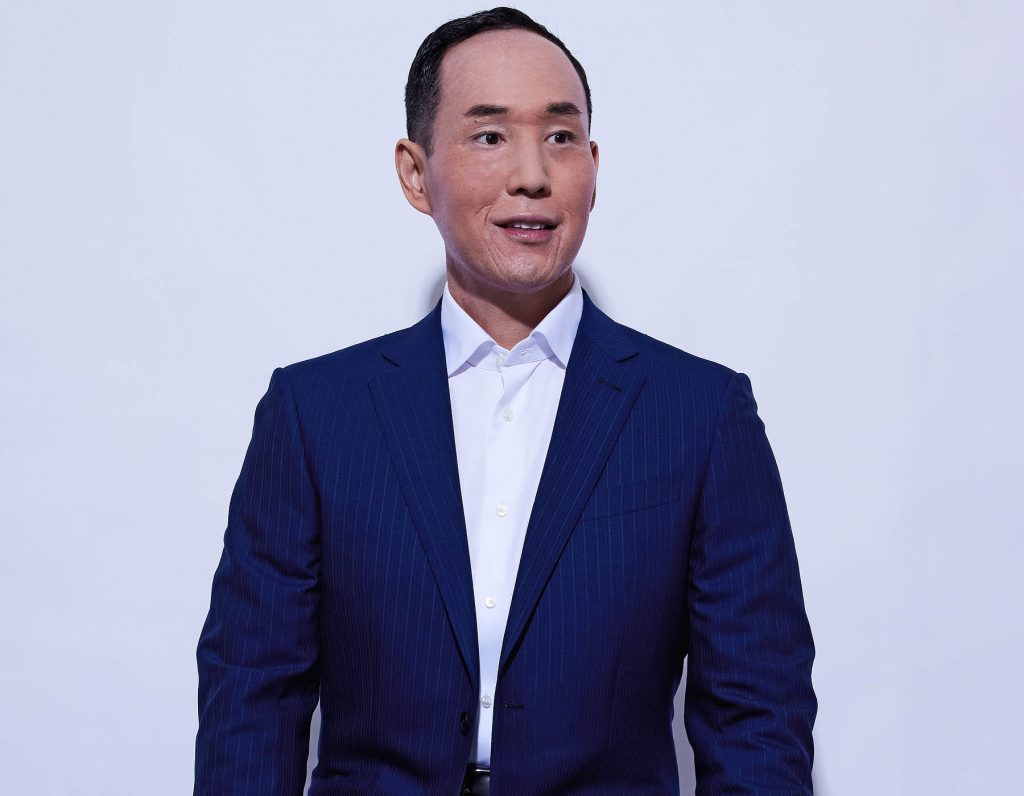
“I want to try to figure out how can we keep the best minds in research because if they leave research, guess what, we’re in trouble.”
Throughout his nearly two years with Cure Brain Cancer Foundation, Kawaguchi has never lost sight of the charity’s raison d’etre: curing cancer and working with patients who don’t have the luxury of time.
“You have to have singleness of purpose,” Kawaguchi insists. “My stakeholders, my community, are people with brain cancer, families with brain cancer. So, what is the common trait? They have no time.”
The sense of urgency with which he acts can lead to a sense of exasperation when navigating the not-for-profit world.
“There’s not too much collaboration with charities. So, what I want to do is, really, encourage everyone to collaborate,” he says.
His sense of urgency is also seen as a surprising negative in some established circles. Kawaguchi recalls being recruited for a not-for-profit leadership position, but ultimately being passed over.
“They said, ‘Lance, you’re the number one pick, but the boards, they didn’t want to go with you, because they feel you’re going to make too many good changes too quickly,’” he says, “That specific organization, their mission statement was to speed up treatments. And I’m like, ‘You just put in an email that you’re worried I’m going to do good things quick.’”
He continues, “It’s important to change the mindset. You want someone who’s going to be disruptive. You want that. Because if everything’s homogeneous, everything stays the same.”
Kawaguchi always seeks opportunities for collaboration, and is dismayed that so many organizations stay in their silos. He is involved with the boards of multiple cancer charities, including chairing the Asian Fund for Cancer Research and sitting on the board of the United States-based National Foundation for Cancer Research. He also serves as a strategic advisor to the AIM-HI Accelerator Fund, which provides seed-funding for oncology startups.
“I really feel that I found my calling,” Kawaguchi acknowledges. “I really enjoy what I do. It is exhausting. The majority of everything I do is pro bono.”
Kawaguchi took an unconventional path to the not-for-profit sector. A graduate of Indiana University, he entered finance in 1997 and developed expertise in the energy sector. His career took him to finance hubs like Dubai, but less glamorous destinations such as Iraq, Bahrain and Jordan. He was Global Head of Oil & Gas within the Global Banking division at ANZ Bank and worked as Managing Director and Global Head at HSBC’s Global Liquidity and Cash Management (GLCM) division.
His last position with HSBC afforded him an impressive office in London’s Canary Wharf district. When he started with Cure Brain Cancer Foundation, he worked at home due to quarantine restrictions. Then he set up shop in a Vietnamese restaurant, where he would hold meetings. “That’s the only place I can find good wi-fi,” he quips.

“I keep on saying, it’s actually an honor and privilege to be tired.”
“When I first joined, people said, ‘You won’t be successful in not-for-profits, because it’s a completely different corporate culture,’” Kawaguchi says. “I said, ‘Well, I strongly disagree because one, it’s still about people, and two, it’s still a business.’”
He acknowledges the bar for success was low when he started, but he brought basic principles from the business world to the not-for-profit sector.
“I also brought my trait of just making sure we move at a rapid pace,” he says. “We really need to invest and we need to invest quick because it takes three to 10 years for anything to really materialize into treatments.”
Acting quickly does not mean acting hastily. Kawaguchi leans heavily on his scientific advisory committee – for which he recruited top talent from around the world, despite it being an Australian foundation.
“I might want to do something, but I let the experts vet it to make sure it’s merit-based and it actually makes sense,” he stresses. “If they agree that it’s medically sound, I execute it, and we just do it quick. It’s not this kind of navel-gazing and stuff.”
Kawaguchi also wants to build an organization that will last long after his tenure as CEO is completed.
“I always want to be in children’s cancer, I always want to support brain cancer, but I want to make sure every institution that I work with, I turn it around and it’s sustainable, and it’s not dependent on people, it’s not dependent on me. … that it’s also going to be around to be able to continue its objective for perpetuity, or as long as possible.”
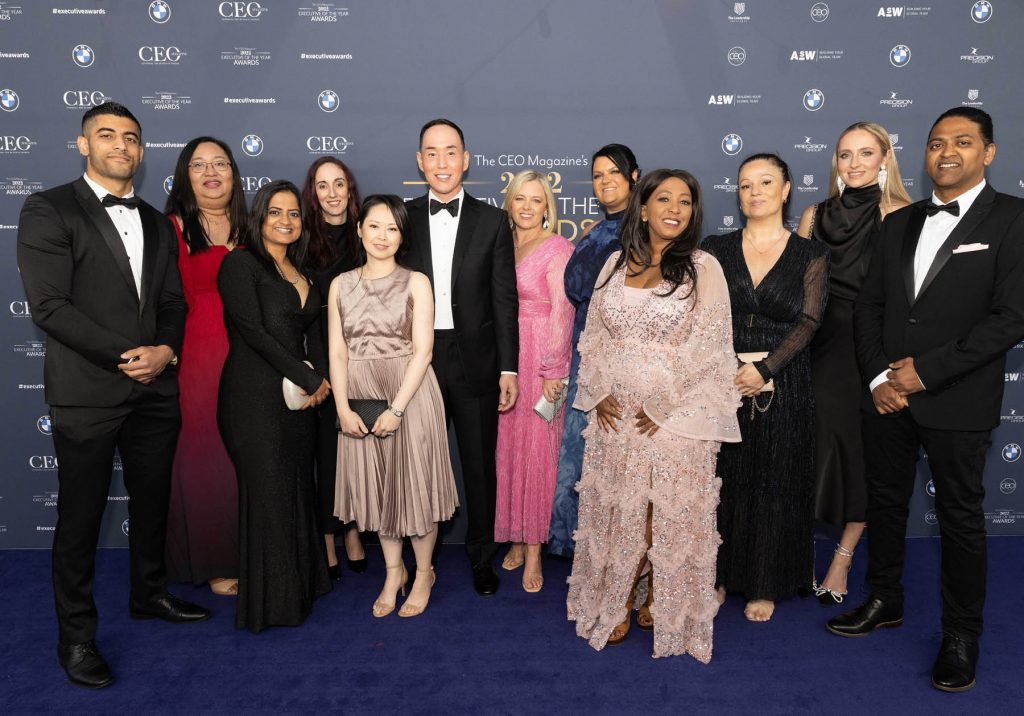
“We really need to invest and we need to invest quick because it takes three to 10 years for anything to really materialize into treatments.”
He’s set some ambitious goals to make it happen. Establishing international connections and relationships in the United States and in the Middle East means he is helping to share information, “because everyone has pockets of excellence for children’s cancer, and also for brain cancer, but no-one’s bringing people to talk together”. Kawaguchi wants to create a cancer network, not only for brain cancer, but all cancers. The Foundation is also participating in the DIPG Collaborative “to really support treatments for DIPG”.
As he pushes forward with Cure Brain Cancer Foundation, Kawaguchi never forgets the reason he entered the fight against children’s cancer: his family experience.
“I remember when my mother got pancreatic cancer, when you hear that you have zero chance of survival,” he recalls. “Once you lose hope, you don’t really have anything.”
The memory motivates him, while his passion for the struggle and helping children shines through. But it takes an emotional toll as brain cancer remains the number one cause of children’s deaths in Australia – and the survival rate remains stubbornly stuck at approximately one in five people. Also frustrating: very few people speak of brain cancer – unlike other forms of the disease. Awareness remains low.
“When I tell them, ‘Did you know, for Australia, it’s the number one killer for children?’ They’re like, ‘What? No. No. That can’t be.’ Then, they google it,” he says.
“But that’s the problem with brain cancer, is that since it is 17th or 18th most diagnosed, it’s 17th or 18th priority.”
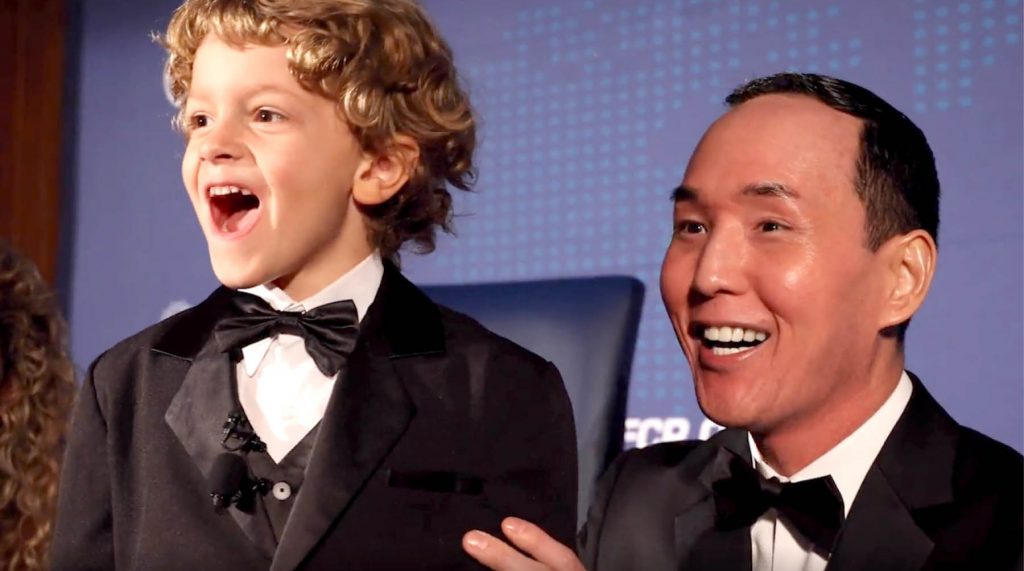
“But that’s the problem with brain cancer, is that since it is 17th or 18th most diagnosed, it’s 17th or 18th priority.”
“The brain is extremely difficult, because it has to get through the blood brain barrier, number one,” Kawaguchi explains. “But number two, the brain is a complex organ. It is intertwined. And that’s why I wanted to focus on that, because unlike if you have skin cancer, you cut it out. The brain, you cut out the wrong thing, you can’t speak, or you can’t smell, and the quality of life is significantly impacted.”
Meeting with brain cancer patients – especially children – takes an emotional toll. Kawaguchi practices self-care, which includes physically and mentally looking after himself. He calls gratitude the antidote for negativity and counsels people to put things into perspective.
“How I deal with it is just putting things in perspective, and use gratitude and appreciation to frame my mindset,” he says. “I keep on saying, it’s actually an honor and privilege to be tired.”
Above all he remains relentlessly positive.
“What COVID-19 has shown me and many people is that if you have enough funding and if you have enough global focus, you can actually cure anything.”
